The province of Gilgit-Baltistan is one of the most visited in Pakistan, popular with both foreign and domestic tourists. However, transport to and from the region from the rest of Pakistan can sometimes be a little tricky, as can transport within the region itself once you arrive. Check out this quick guide to public transport in Gilgit-Baltistan based on my own experiences!
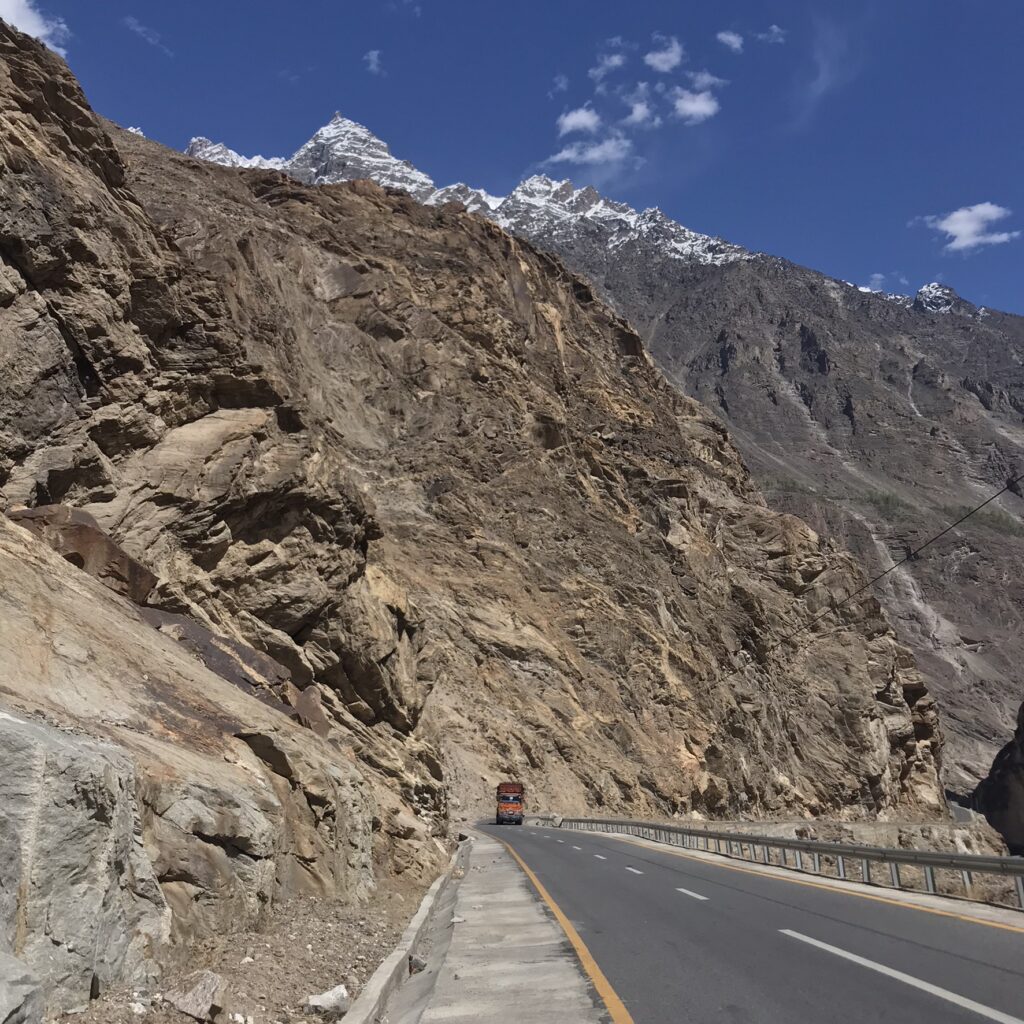
Getting to Gilgit-Baltistan is not the easiest task in the world. The province is linked to the rest of Pakistan via the Karakoram Highway, a mighty road which runs from Islamabad up into the mountains and through the Hunza Valley before continuing on to Kashgar in China. Karakoram Highway road trips are a popular choice for locals, however there are some major drawbacks. The section of highway between Islamabad and the city of Gilgit is around 500km and along this stretch there are few obvious places to stop. Unlike the Pamir Highway, there are few towns that are really set up to accommodate foreign travellers along the route until you reach the city of Gilgit.
Additionally, some parts of this section of the highway are considered to be dangerous for foreigners – the area south of the town of Chilas was on the UK’s ‘do not travel’ list at the time of our visit. Buses and shared taxis do operate between Islamabad and Gilgit (usually running overnight), but these can take anywhere between 12 and 18 hours and foreigners may be subject to any number of stops and document checks at checkpoints. Not great if, like us, you are not a fan of gruelling night buses.
Taking the bus from Islamabad to Gilgit with a major company such as Faisal Movers is probably the most reliable option if you can stomach the journey. However, in my opinion the best way to get to Gilgit-Baltistan is to fly from Islamabad, Karachi or Lahore.
Flying
Not only does flying it take a fraction of the time and skip the arduous bus journey but the air route is incredibly scenic, passing by numerous snow-capped peaks including one of the world’s tallest mountains, Nanga Parbat. The mountain is visible on the right side of the plane when heading to Gilgit-Baltistan and the left side when returning – the captain will probably point it out when you’re flying past.
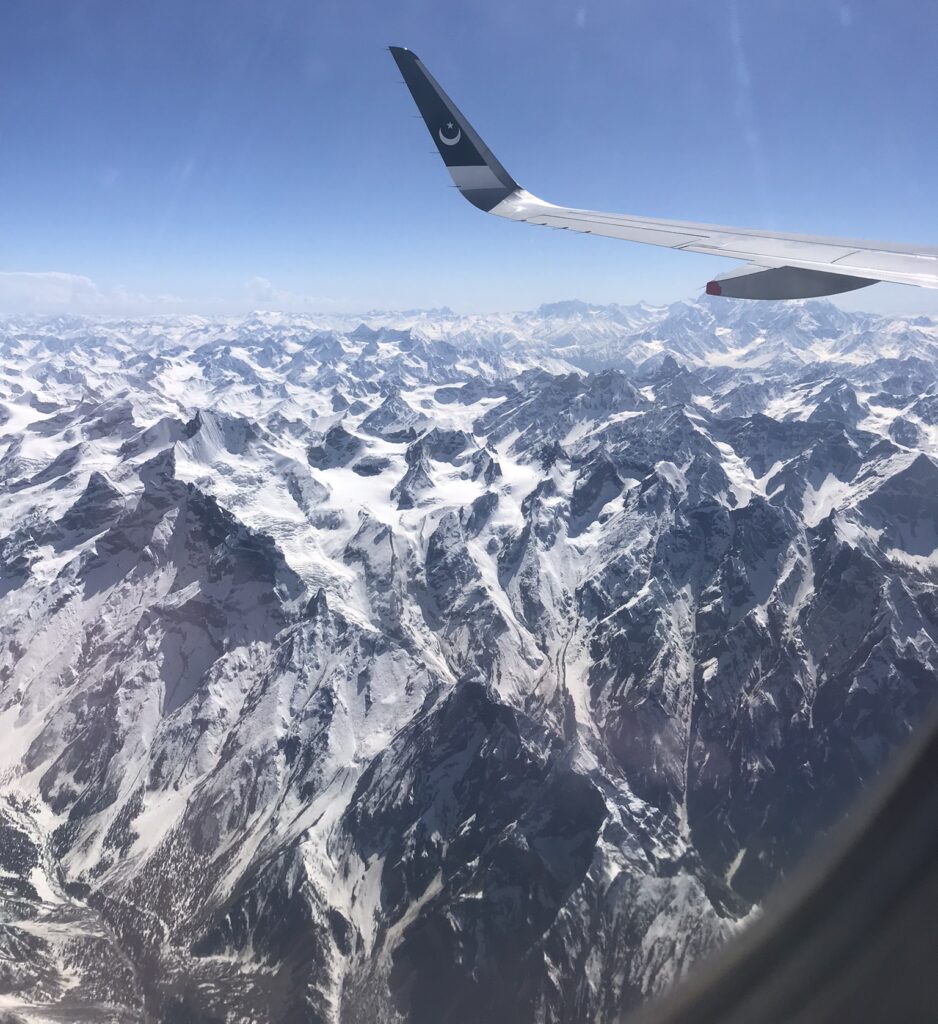
Fantastic views from the plane
There are two airports in Gilgit-Baltistan, which are located in the cities of Skardu and Gilgit. During the peak tourism months (roughly April-October) there are regular flights from Islamabad, Lahore and Karachi. Unfortunately, flying is not without its drawbacks. Due to the geography of Gilgit-Baltistan, both Skardu and Gilgit airports are nestled within valleys amidst huge mountain peaks, making them extremely tricky for pilots. Cockpit visibility is essential for takeoffs and landings, and unfortunately due to the mountainous climate, cloud cover and fog are quite common. This means that both Gilgit and Skardu airports have very high flight cancellation rates. Sometimes there may be no flights for a week or more – it’s all completely dependent on the weather.
The airport in Skardu is significantly bigger than Gilgit and can accommodate larger Boeing-style planes, meaning the risk of cancellation is lower. For this reason, I recommend flying into and out of Skardu airport if possible (we did). You should still prepare for the possibility of significant delays though, or the flights just being cancelled altogether for the day.
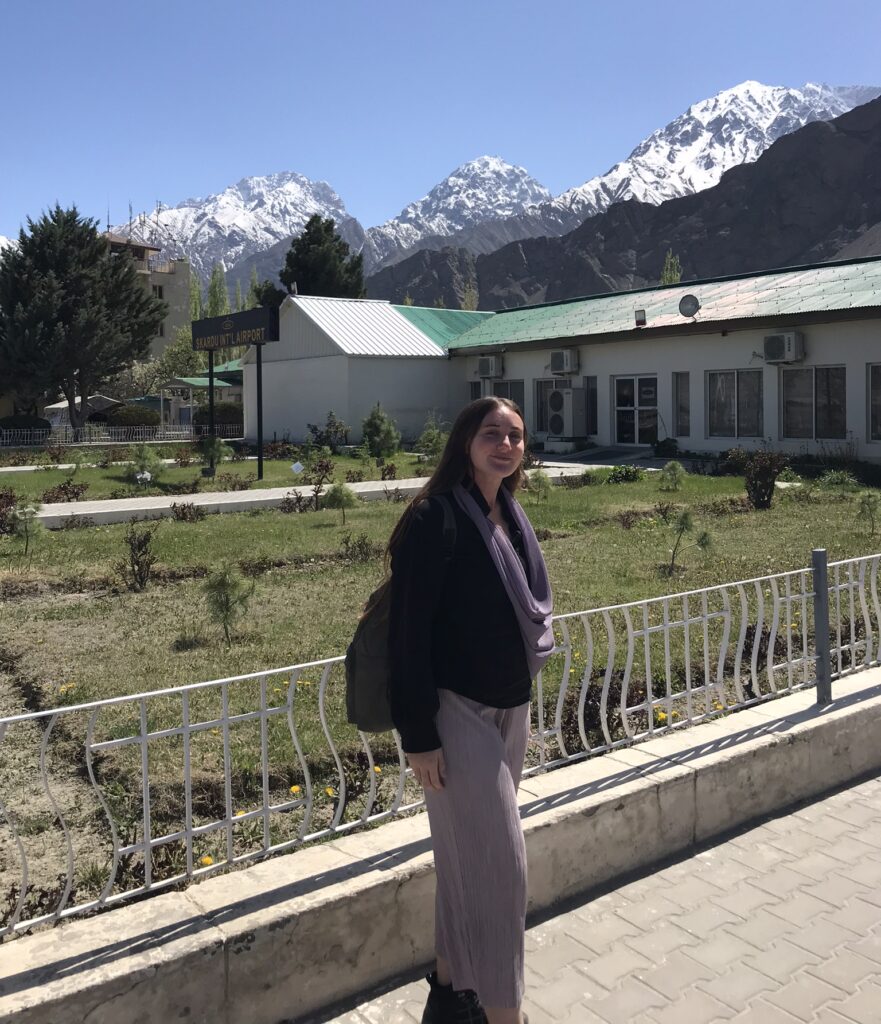
Skardu airport may be quite small, but it is still a better option than Gilgit
If Gilgit-Baltistan is your final destination in Pakistan, I recommend budgeting for at least 48 hours between departing Gilgit-Baltistan and catching an onward international flight. If the weather is bad and flights from Gilgit-Baltistan are cancelled then you might have to take the road route back to Islamabad in order to make it in time, which can take an entire day. Other travellers have been caught out by this so make sure you bear it in mind when planning your itinerary.
Transport – private taxi, shared taxi and buses.
Getting around by public transport in Gilgit-Baltistan can be a little awkward. Most public transport is via private shared minibuses which operate from bus stands. The bus stand in Skardu is here and the bus stand in Gilgit is here. They aren’t the greatest places in the world but if you show up and ask around then you will probably end up in a van or shared taxi for a fair enough price. The downside is that these vans and even shared taxis can take a very long time – they don’t depart until they have enough passengers and can be prone to frequent stops at checkpoints, roadside cafes and other random places.
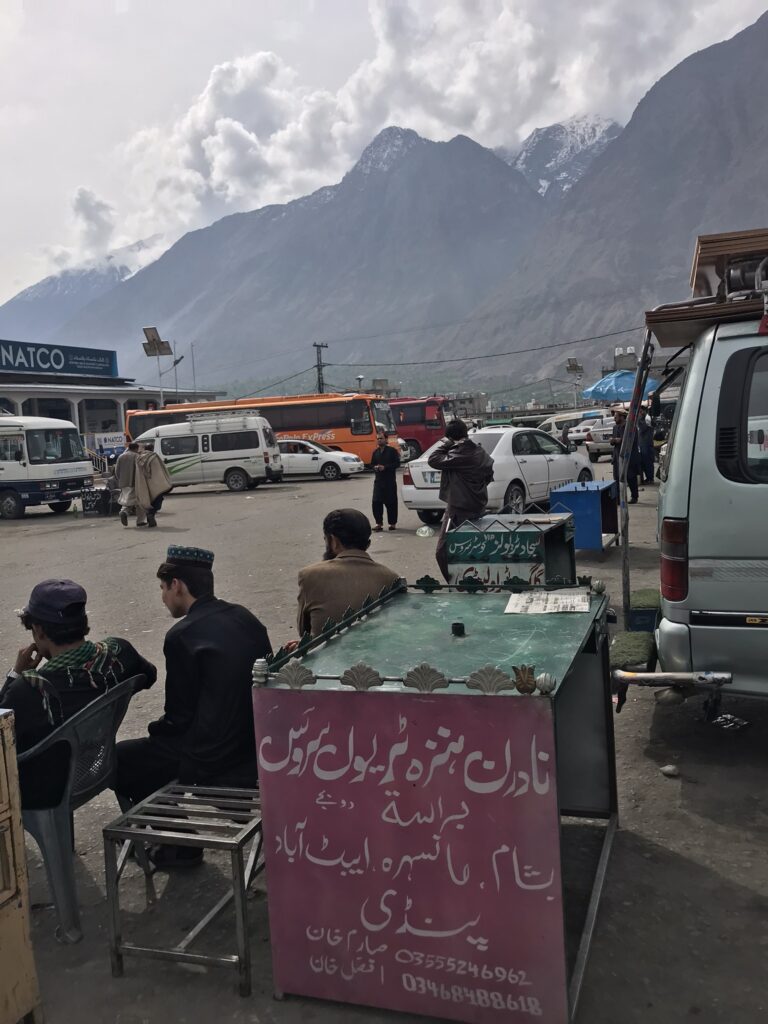
The bus station in Gilgit – a place to get a van or shared taxi to Skardu or Aliabad in Hunza
The Karakoram Highway running towards the border with China is an immaculate road, as it has been constructed and paid for by the Chinese. Unfortunately many of the other roads in Gilgit-Baltistan are absolutely terrible, particularly the road from Gilgit to Skardu which is downright terrifying at points (driving past constant mangled metal barriers and huge boulders in the road that have fallen from the overhanging rock face doesn’t fill you with confidence).
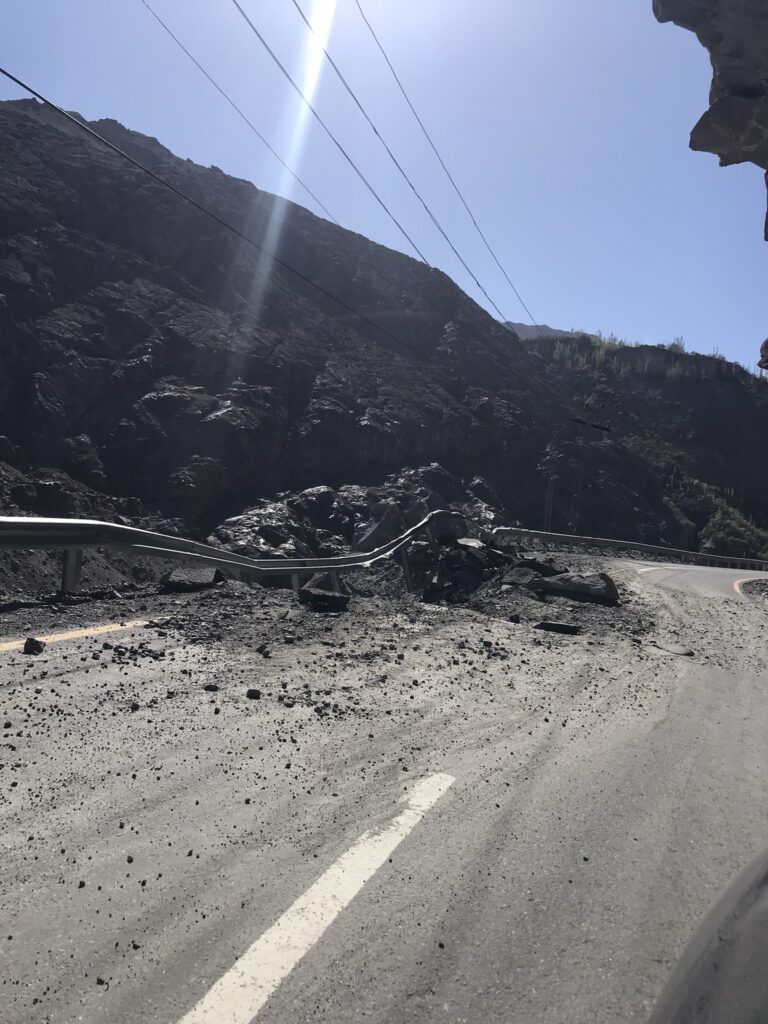
The Skardu-Gilgit road really is not great
Fortunately, the drivers are pros and know how to navigate this road – we ended up in a shared taxi from Gilgit to Skardu and it was clear the driver was a regular on this route and knew what he was doing. He also agreed to drop us off in the centre of Skardu rather than at the bus station, at the insistence of our fellow passenger (a local miner who spoke no English but was keen to show us videos of his village and even insisted on paying for a cup of tea for us at a roadside cafe – a very kind and gracious man).
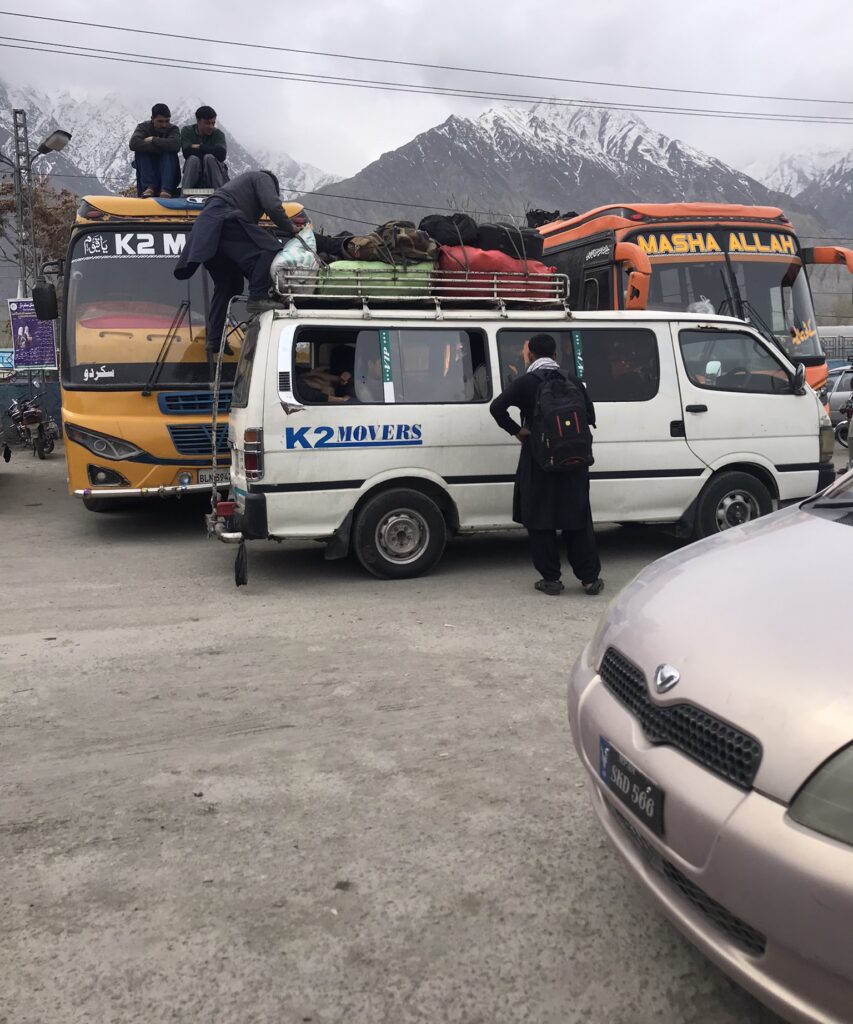
Public transport within Gilgit-Baltistan is usually in the form of shared taxis or vans like these
Although the vans are good for getting between cities, many of the main attractions in most parts of Gilgit-Baltistan are decentralised, spread out and not really accessible by public transport. It’s a good idea to ask your host to help you out if possible. Most established guesthouses will be able to assist in taking you around for a pretty good price. Our hosts in both Karimabad and Skardu drove us around for the day, showing us the natural sights and wonders in the surrounding areas, as well as providing a great chance to chat and learn about life in this unique region. This is the best way to really make the most of the region.
Some areas, like Fairy Meadows and Basho Meadows, require the use of a 4×4 jeep. Usually, the guys driving the jeeps will be stationed along the main road at a specific point. Prices for these services are usually fixed and set at quite a high rate by the drivers who have a monopoly over transport. The roads are treacherous and so it’s essential to use the drivers, who know what they are doing. Make sure to tell the driver when you want to return – mobile signal is poor to non-existent, so you will have no way of arranging a ride back if not!
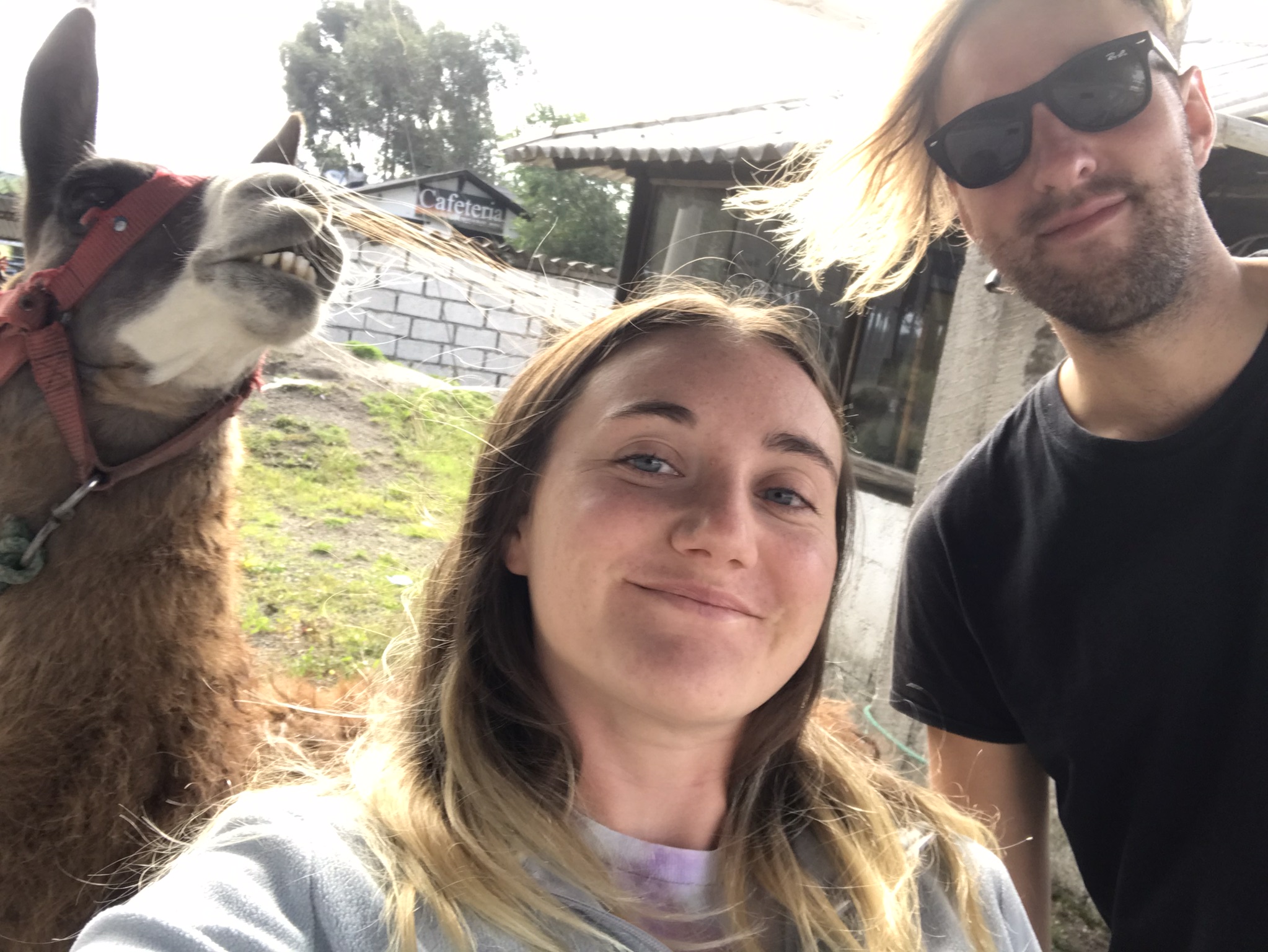
Leave a Reply